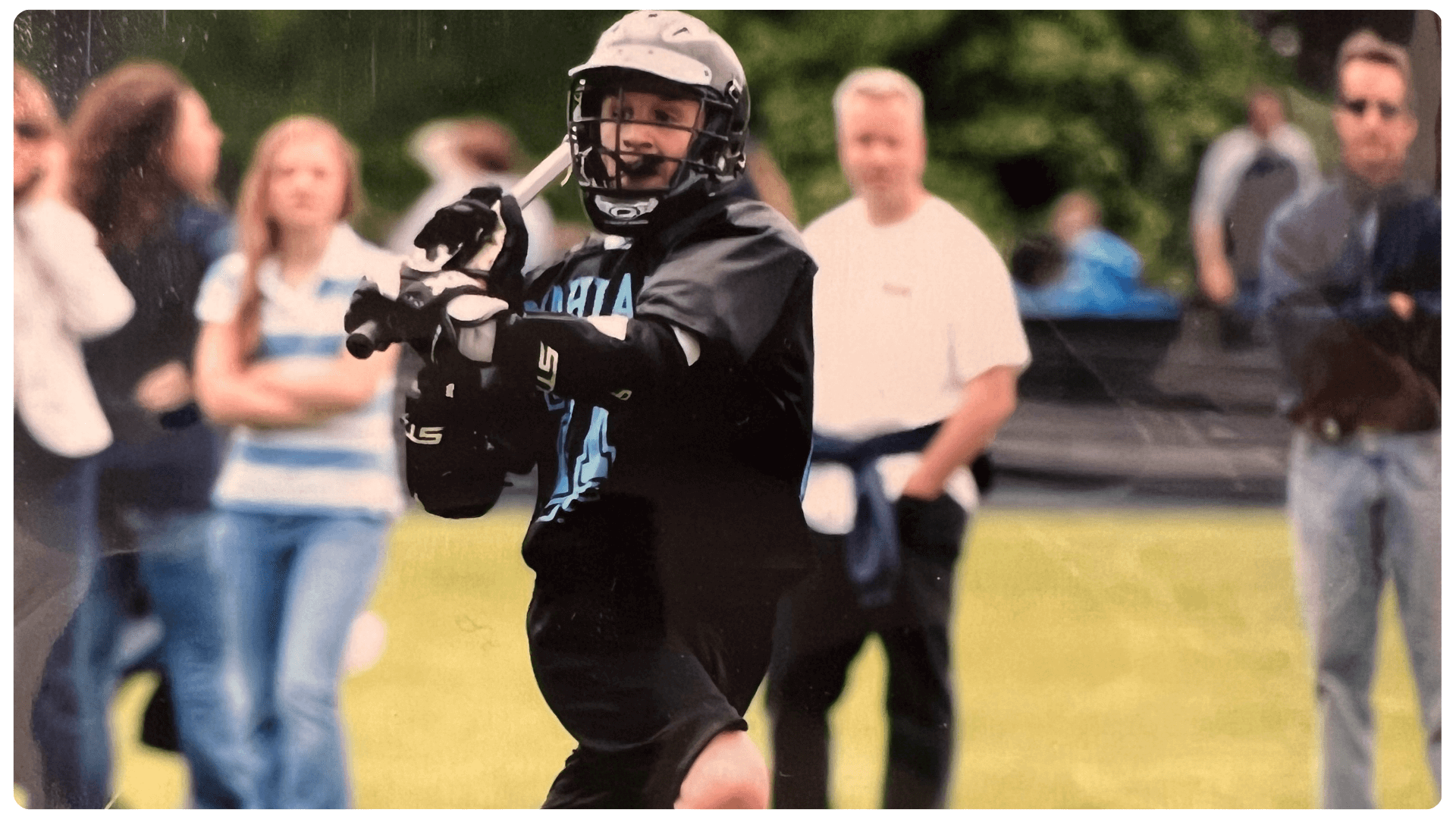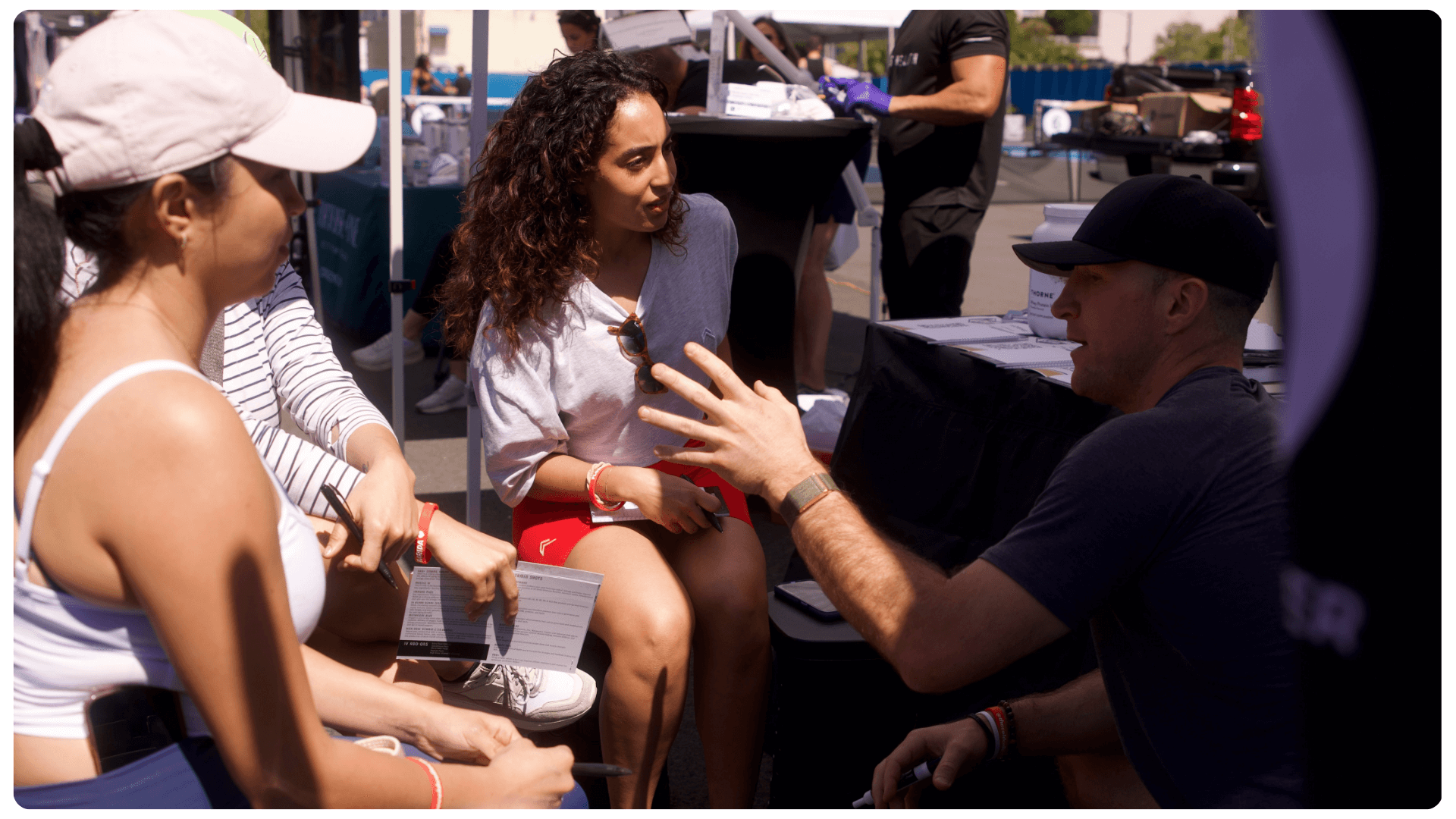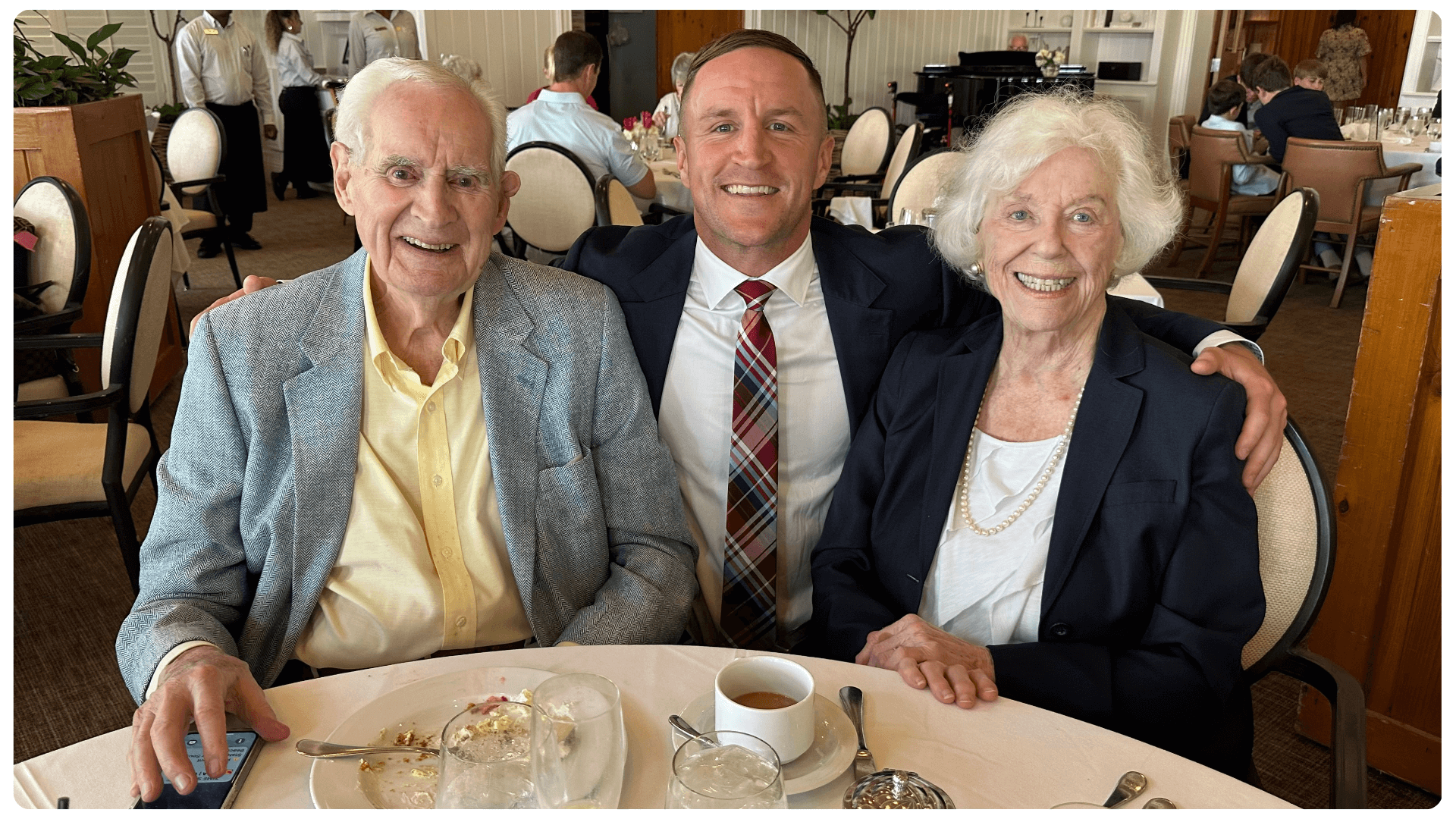Performing Under Pressure Through Presence
Last month, on Grateful and Full of Greatness, I asked a two-time Tewaaraton Award winner how she thrived amidst extreme expectations. “I focused on...

The only story more tragic than an individual whose actions are not adequate enough to achieve an aspiration is one about an individual whose aspirations are too low compared his or her potential.
An underdog is a person or a team that is expected to lose in a competition yet succeed against the odds.
Here’s a classic example: A boy named Daniel Ruettiger, also known as Rudy, undersized (5’6” and 165lbs) with learning disabilities, claws his way from a junior college to the University of Notre Dame despite multiple rejections. Motivated by a tragedy of his best friend dying in a factory accident, Rudy walks on to Notre Dame’s nationally-ranked football team through pure heart, hustle, and grit. In the final game of the season, versus Georgia Tech in 1975, Rudy gets an opportunity to suit up as a game-day player. Not only does he get in the game, he makes a tackle. Carried off the field by his teammates, Rudy embodies the true underdog.
It’s not about the size of the dog in a fight. It’s about the size of the fight in a dog.
An underachiever is a person who performs below his or her expected potential compared to his or her natural abilities, intelligence, and external resources.
The film Good Will Hunting depicts this perfectly. Will, the protagonist, hides his genius-level IQ behind an outer display of humor, stonewalling, and self-sabotage. Main factors causing this underachievement include adverse childhood experiences, physical abuse and emotional neglect. For most of the movie, and perhaps up until the last scene, Will pushes others away while simultaneously shutting himself off from opportunities and usage of his own brilliance. Like a diamond buried in the ground undiscovered, Will talent remained hidden. Underachievement revealed.
Both definitions, underdog and underachiever, involve expectations. The former sheds light on how no aspiration might be too high for a person who believes in who he or she could become; the latter emphasizes the despondency, melancholy, and sadness of vacant dreams.
Are expectations good to have?
Should we attempt to remove any and all anticipations and assumptions?
Why do we even try to predict the future?
The essence of worry is to focus on what is uncontrollable and to continually ruminate on what has happened or could happen. In contrast, the essence of faith is to focus on one’s vision, mission, and habits with an underlying belief that whatever happened or happens next is the best possible thing that could.
Worry is tied to expectations of others and events.
Faith is tied to expectations of self and God’s plans.
Self-expectations are appropriate, reliable, and lead to feelings of certainty. Self-belief is the most important variable for accomplishment.
An expectation of others, on the other hand, is a gamble.
Once we set our aspirations high, doubts are bound to arise… What if we fail? What if we lose our current friends by becoming a new version of ourselves? What if we reach some summit of success, and it’s not like we imagined but worse?
These queries are natural. The best response to a “What if” remains a combination of “What is” and “What could be.” Turn being into becoming…
Focus on assumed success, and reverse engineer life toward aspirations through mindful and consistent actions.
Activity to consider, The Alignment Assessment: Write down your top 5 core values. Align those who your top 5 aspirations for the year ahead, 2025-2026. Review your current actions, such as how much sleep you’re getting, alcohol you’re drinking, protein you’re consuming, exercise you’re completing, and energizing peers you’re spending or investing time with. Then, most importantly, write down 5 key actions that will increase the probability of you achieving your annual aspirations. Why? Alignment leads to achievement.
Rudy or Will.
Underdog or underachiever.
Aspirations & actions!
— MG
Mark was born and raised in New Jersey where he became an elite high school student-athlete. He earned varsity letters as captain of his high school football, basketball and lacrosse teams and was elected into the National & Spanish National Honor Societies. He attended a post-graduate academic program at Deerfield Academy in Deerfield, MA before college where he earned his Bachelor of Arts degree in Economics from Yale University in New Haven, CT. He is currently a graduate student working toward his doctorate degree in Sport & Performance Psychology at San Diego University for Integrative Studies under Dr. Cristina Versari, Founder & CEO of SDUIS and former Head of Sport Psychology for the National Basketball Association. He is a Teaching Associate with Dr. Robert Gilbert, a Professor at Montclair State University (NJ) and a leading authority and author in the field of Applied Sport Psychology. Mark is currently the lead Mental Health & Wellness Player Advocate for the Premier Lacrosse League.
Mark is a Certified Fitness Trainer, Nutritionist, and Mental Performance Coach. He is currently pursuing a graduate degree in Sport & Performance Psychology at the San Diego University for Integrative Studies.
At Mark Glicini Peak Performance, we recognize that physical health reflects mental health. We study how intention drives behavior and emphasize that true peak performance requires an integrative approach—mind, body, and spirit.
As the Mark Glicini Meaningful Growth Foundation embarks on a journey of endurance and togetherness against the trials and tribulations brought upon by cancer, I state: every inch of my heart is in this.
Like so many, cancer has had a profound impact on my life. It took the lives of my grandfather and uncle before I was born. For years starting in 2011, I stood by my mother’s side as she battled and overcame lymphoma. Her fortitude, unwavering support from loved ones and God’s will triumphed amid extreme adversity.
Although we have not and may not win every fight, we will relentlessly strive to make an individual’s growth meaningful and to ensure his or her family feels cared for and supported. Thank you for your love, God Bless!

Last month, on Grateful and Full of Greatness, I asked a two-time Tewaaraton Award winner how she thrived amidst extreme expectations. “I focused on...

How many of us are in school yet not into school? How many of us are in a relationship yet not into the relationship? How many of us are in a place...

How do you create a sculpture? One carve at a time.